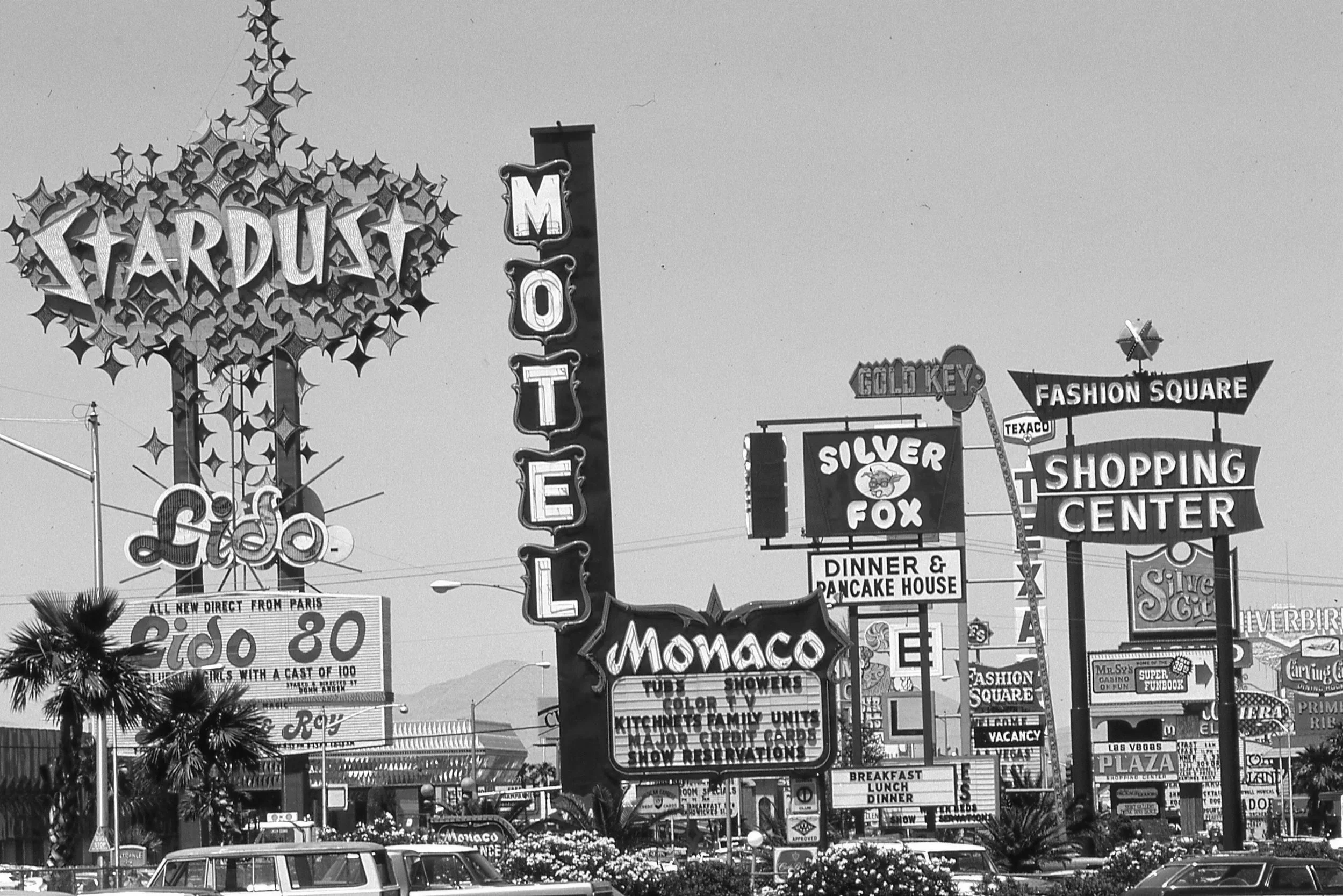The Honest Machine
Las Vegas and the Architecture of Extraction.
Complicity
Las Vegas casinos are built to keep you gambling. Swirling carpets disrupt your sense of direction, clocks vanish, and slot machine chimes carry farther than voices. Walking through feels like a carefully staged dream where every path leads to the same place. Here you become part of a machine of capital extraction; your role is defined by what you can spend.
Vegas does not hide any of this. Studies on casino design psychology and player behavior are published openly. The city sells the idea of consequence-free indulgence. Vegas fought to trademark “What happens here stays here,” guarding its image as the place for decisions you would not make at home. People feed money into machines they know, deep down, are designed to take it. Vegas offers permission to ignore that knowledge, if just for a weekend.
Creation
Vegas is more than the 640,000 people within city limits. The Strip sits in unincorporated Paradise, but the tourism engine spans the entire metro, encompassing nearly 2.4 million residents of Clark County, the casino corporations, the airport authority, and the convention bureau.
Gambling's legalization in 1931 set the extraction machine in motion. The mob arrived in the 1940s with a blunt business formula: attract tourists, entertain them, and separate them from their money. This formula was later adapted and scaled by real estate developers and conglomerates who refined the machine further by creating themed environments where social interaction itself becomes a tolled experience.
Contagion
Vegas perfected turning leisure into an engineered, closed-loop economy, later replicated in places like LA Live, Austin’s Domain Northside, and Orlando’s Disney Springs. These projects emerge where urban fabric is thin or has been cleared away, making room for large-scale, finance-friendly development. The result is privatized public life: places that look open to all but run for profit, with rules, tenants, and events set from a central office.
The logic extends beyond entertainment districts. Pickleball clubs sell community through membership-gated courts. Fitness chains like Equinox and F45 package group belonging into premium memberships and tightly scheduled classes. Vegas’s spectacle runs on this same logic, stripped of pretense. It does not pretend to be an organic place; it is a stage set built for the transaction. This logic spreads because without public investment in shared spaces, we are left with whatever the highest bidder provides.
Curation
The same framework operates in spaces that appear to reject everything Vegas represents. On Saturday mornings, a parking lot that hosts commuters all week transforms into rows of vendor tables. Heirloom tomatoes, handmade soap, sourdough loaves wrapped in paper. People drive here from subdivisions nothing like the village life the farmer's market suggests.
The market might have started organically. Vendors who wanted to sell their goods, neighbors who wanted to buy them. But it endures because it fits within the framework of permissions. The city grants the street closures, the property owner welcomes the foot traffic, and the sales are sanctioned. People shopping here are not naive about what this is. They know they are paying premium prices for artisanal goods and the feeling of participating in community life. And the interactions are real. The baker did make that bread early that morning.
The market is curated like a Vegas resort. Neighbors do connect here, chatting with farmers and lingering over fresh bread, yet every exchange takes place inside a framework maintained by layers of mediation. Public life here exists only with the right approvals, fees paid, and transactions made. Even in its most genuine moments, the market survives because it fits the terms of an external authority.
Crisis
Vegas reveals what happens when these authority-dependent systems face economic pressure. The city relies on turning visitor spending into local wealth. When discretionary spending tightens, the impact moves directly from consumer budgets to empty hotel lobbies, stalled construction projects, and unemployment lines. With few other industries large enough to buffer the impact, the slowdown moves quickly from the balance sheet to the skyline. This year, plans for a 43-story Strip resort were put on indefinite hold, turning a prime site into a parking lot and leaving a visible pause in Vegas’s ever-rolling cycle of reinvention.
The Strip is managed by a tight network of actors. A small group of corporations operate the marquee properties, while Vici Properties owns much of the land below them and leases it back to operators. The Las Vegas Convention and Visitors Authority guides the tourism calendar using room-tax revenue, and Clark County controls zoning and permitting. The result is a vertically integrated system where economic disruptions cascade through every level.
The machine will reinvent itself but never die, bending to the moment before starting again. In the gap, dealers, housekeepers, line cooks, and security guards join the unemployment lines. Its honesty about purpose offers no protection to the workers who depend on it. Vegas’s lack of pretense is compelling, but candor about extraction does not make it admirable. When visitor numbers fall and resort projects become parking lots, that transparency only reveals how fragile the system is. Vegas shows what other places hide: we have built a world where connection is mediated, managed, and monetized. When authentic choices vanish, we close our eyes and place another bet.


